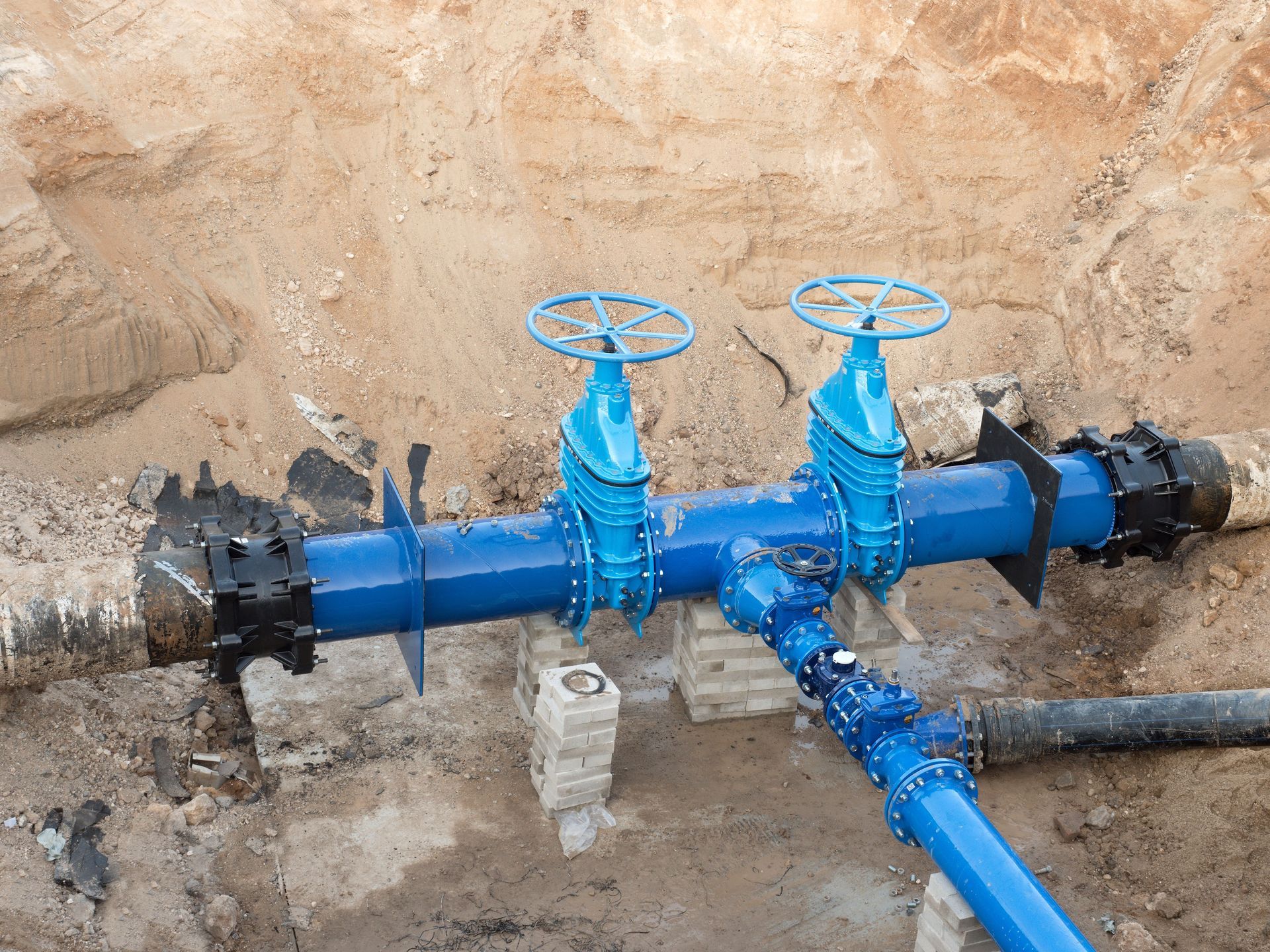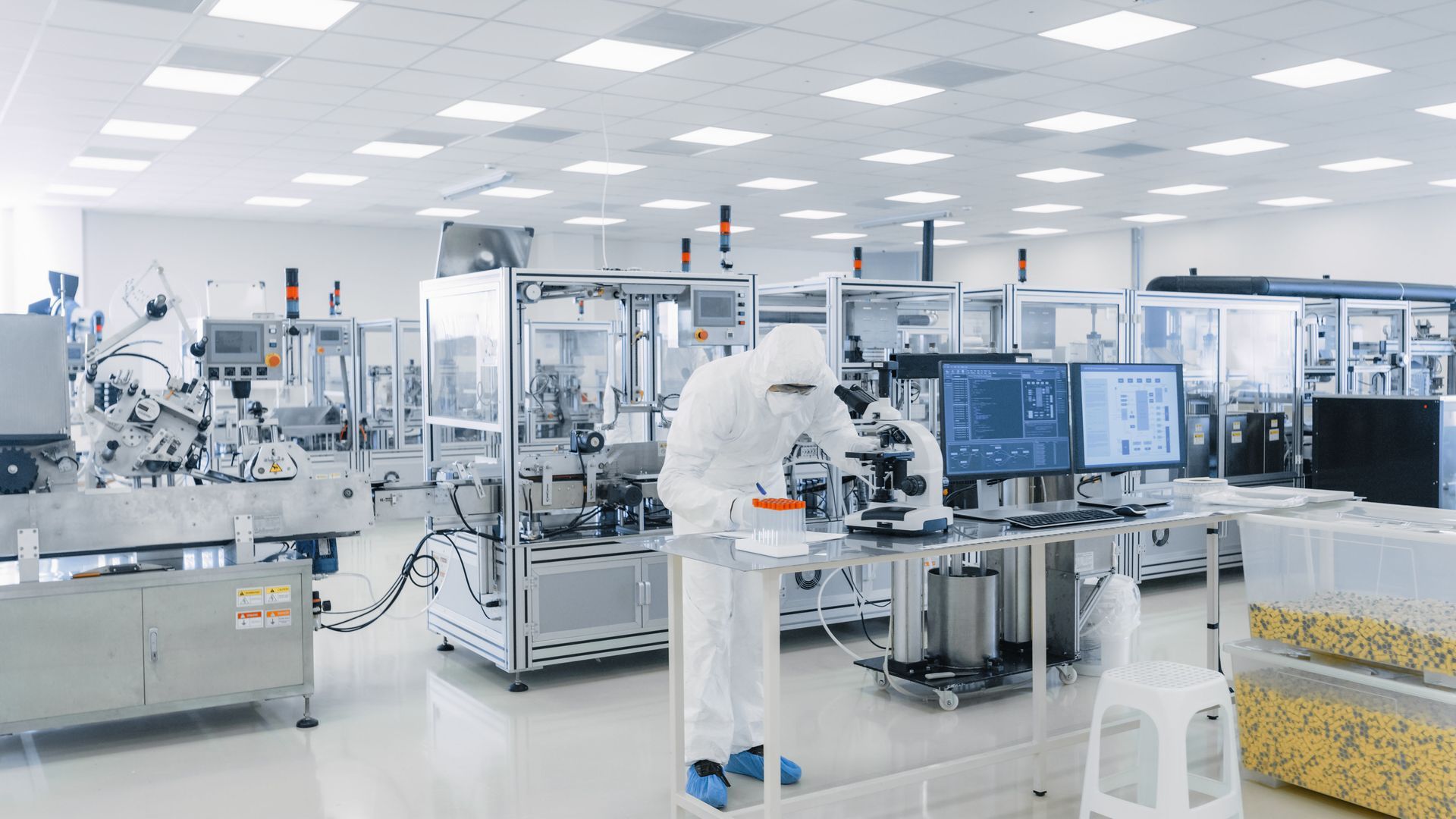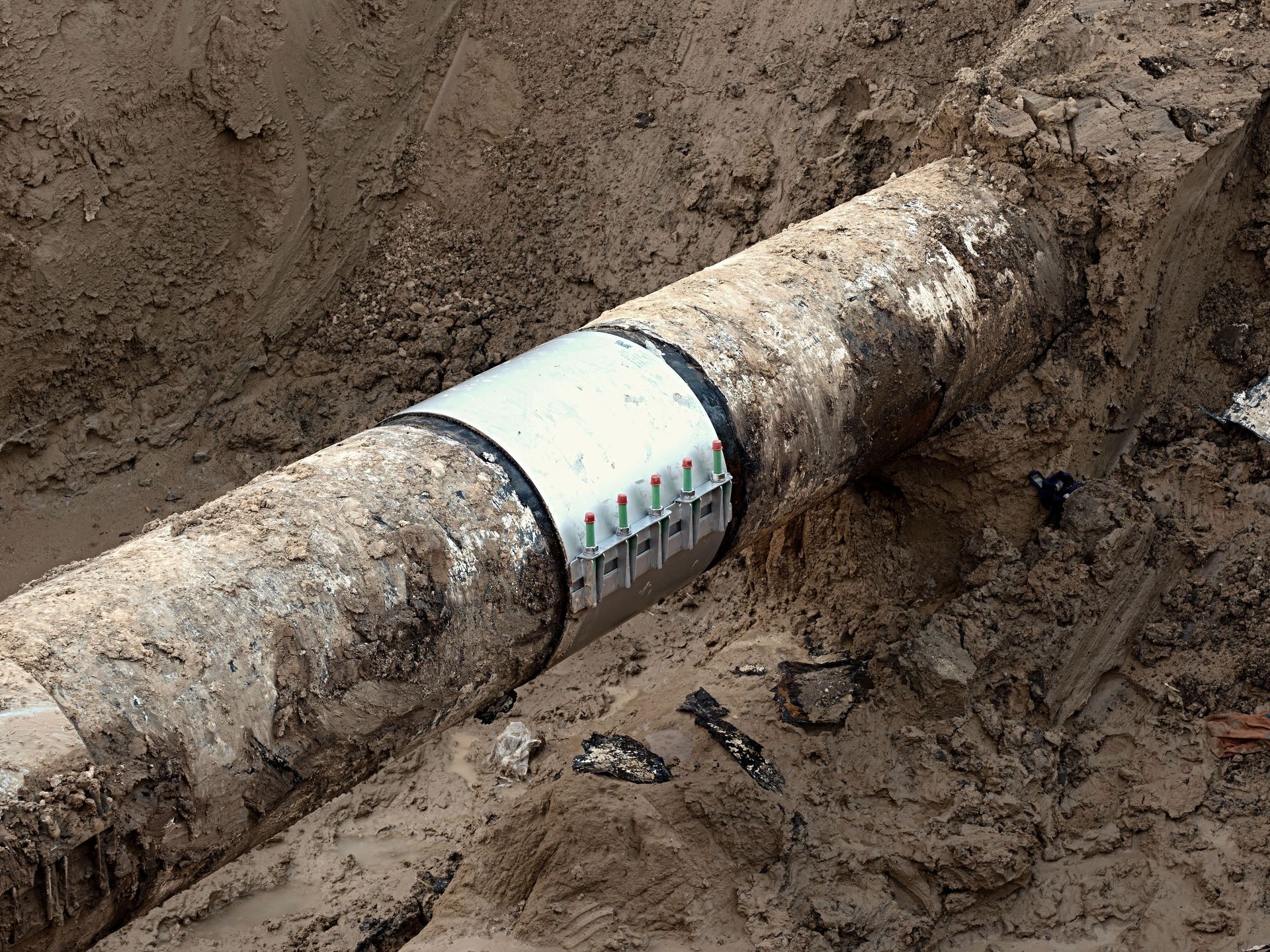October 7, 2025
Corrosion is a familiar term in industries ranging from construction and manufacturing to transportation and energy, yet it is often misunderstood. Misconceptions about corrosion can lead to improper maintenance, higher repair costs, and even safety risks. In reality, corrosion is a complex electrochemical process that affects metals, concrete, and other materials, gradually weakening structures and equipment over time. While some people assume it is a minor nuisance, corrosion can have significant financial and operational consequences.
In this article, we aim to clear up common misconceptions about corrosion, explain its real impact, and discuss how condition assessments can help organizations manage and prevent the damage it causes. Whether you are a facility manager, engineer, or just someone curious about materials maintenance, understanding the truth about corrosion can save money, improve safety, and extend the lifespan of critical assets. In this article, we will explore eight misconceptions about corrosion and provide practical insights to navigate this often-overlooked issue.
Misconception 1: Corrosion Only Affects Metals
Many people assume that corrosion exclusively impacts metals such as steel, iron, or aluminum. While metals are certainly susceptible to corrosion, other materials can also deteriorate under chemical or environmental stress. For example, reinforced concrete can experience corrosion of the embedded steel rebar, leading to cracking and structural weakness. Similarly, composites and alloys can experience various forms of degradation that mimic corrosion processes.
Condition assessments are critical in these cases because they allow engineers to detect early signs of deterioration in materials beyond standard metals. By conducting routine evaluations, organizations can identify compromised structures or components before the damage becomes severe, preventing costly repairs and ensuring operational safety. Understanding that corrosion is not exclusive to metals broadens the scope of preventive maintenance and asset protection strategies.
Misconception 2: Corrosion Is Only a Surface Issue
A common belief is that corrosion merely affects the surface of a material, such as rust on a steel pipe. In truth, corrosion can penetrate deeply, compromising structural integrity from within. Pitting corrosion, for instance, creates small holes in metals that may not be immediately visible but can lead to catastrophic failure over time.
This misconception can lead to neglect in inspection routines. Comprehensive condition assessments are essential for uncovering these hidden vulnerabilities. By using advanced diagnostic tools such as ultrasonic testing, radiography, and corrosion probes, technicians can detect subsurface corrosion that would otherwise go unnoticed. Treating corrosion as a superficial issue can leave organizations exposed to unexpected failures and increased maintenance costs.
Misconception 3: Corrosion Happens Quickly
Another widespread misunderstanding is that corrosion develops rapidly and suddenly. While some forms of corrosion, such as exposure to highly acidic or saline environments, can accelerate damage, most corrosion occurs gradually over months or years. The slow progression is deceptive, often lulling owners and managers into a false sense of security.
Condition assessments provide a structured approach to monitoring corrosion over time. Regularly scheduled evaluations track the progression of deterioration, enabling informed decisions about maintenance and repair. Understanding that corrosion is typically a long-term process helps organizations implement preventative strategies rather than reacting only after visible damage appears.
Misconception 4: Corrosion Is Preventable With Coatings Alone
Protective coatings, paints, and surface treatments are often seen as a cure-all for corrosion. While these measures are effective in reducing exposure to moisture, oxygen, and other corrosive agents, they are not foolproof. Coatings can degrade over time, develop cracks, or be applied improperly, allowing corrosion to initiate underneath.
Condition assessments can verify the integrity of protective layers and determine whether additional measures are needed. Through visual inspections, adhesion tests, and thickness measurements, engineers can evaluate coating performance and identify areas where corrosion might still occur. By combining coatings with environmental control, cathodic protection, and routine assessments, organizations can implement a more comprehensive corrosion management strategy.
Misconception 5: Corrosion Only Occurs in Harsh Environments
Some people believe that corrosion only occurs in extreme environments, such as coastal areas with high salt content or chemical plants with aggressive substances. In reality, corrosion can occur in almost any environment. Even mild, indoor settings with high humidity, condensation, or temperature fluctuations can lead to metal degradation over time.
Routine condition assessments are necessary regardless of location. By evaluating environmental factors, material properties, and previous maintenance records, engineers can develop tailored corrosion prevention strategies. Recognizing that corrosion is not restricted to harsh conditions prevents complacency and ensures that all assets receive appropriate monitoring and care.
Misconception 6: Corrosion Only Affects Old Equipment
Many assume that only older equipment is susceptible to corrosion. While age is a factor, new equipment can also experience corrosion if exposed to unsuitable conditions or inadequate protective measures. Manufacturing defects, improper storage, and early exposure to moisture can all accelerate corrosion in seemingly new components.
Condition assessments are critical for both new and existing equipment. Early detection of corrosion-related problems allows corrective actions to be implemented before the material or equipment fails. Organizations that treat corrosion as a risk at all stages of a system's lifecycle are better positioned to protect their investments and maintain operational continuity.
Misconception 7: Corrosion Management Is Too Expensive
Some organizations hesitate to invest in corrosion prevention or condition assessments, believing that these efforts are prohibitively costly. However, the financial consequences of untreated corrosion far outweigh the investment in monitoring and maintenance. According to the United States Naval Academy, corrosion results in the loss of $8 billion to $126 billion in the U.S. each year. Ignoring corrosion can lead to equipment failure, safety incidents, and costly repairs that far exceed the costs of preventative measures.
Condition assessments offer a cost-effective approach to managing corrosion. They help prioritize repairs, allocate resources efficiently, and extend the lifespan of assets. By identifying vulnerable areas early, organizations can avoid emergency interventions that disrupt operations and incur premium costs. Investing in condition assessments and preventative strategies is not an expense but a risk management strategy that saves money in the long term.
Misconception 8: Corrosion Is Impossible to Predict
A final misconception is that corrosion is inherently unpredictable. While it is true that environmental variables can complicate forecasting, advances in monitoring technology and predictive analytics make corrosion management more precise than ever. Engineers can model corrosion rates based on environmental data, material properties, and historical performance, providing actionable insights for maintenance planning.
Regular condition assessments support predictive models by supplying accurate, up-to-date information about asset condition. Techniques such as corrosion probes, electrical resistance measurements, and surface mapping allow engineers to quantify deterioration trends and make informed maintenance decisions. Understanding that corrosion can be predicted and managed empowers organizations to take proactive measures rather than reacting to failures.
Corrosion is often misunderstood, leading to misinformed strategies, unnecessary costs, and safety risks. Common misconceptions, such as corrosion being purely superficial, rapid, or restricted to harsh environments, can cause organizations to underestimate the importance of proactive monitoring and maintenance. In reality, corrosion affects a wide range of materials, progresses gradually, and requires a comprehensive approach to prevention.
Condition assessments are an essential tool for managing corrosion effectively. By providing insight into both visible and hidden deterioration, condition assessments allow organizations to implement preventative measures, extend the lifespan of assets, and reduce the financial burden of unexpected repairs. From protective coatings and environmental management to predictive modeling, a combination of strategies informed by accurate assessments can mitigate the destructive effects of corrosion. For more information, contact us at Corrosion Testing Laboratories, Inc today!




